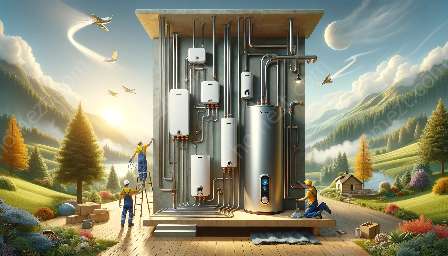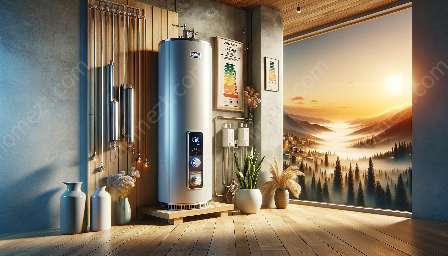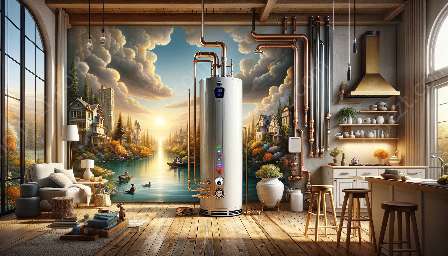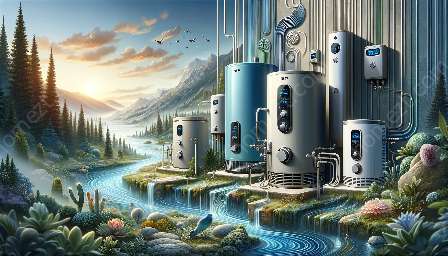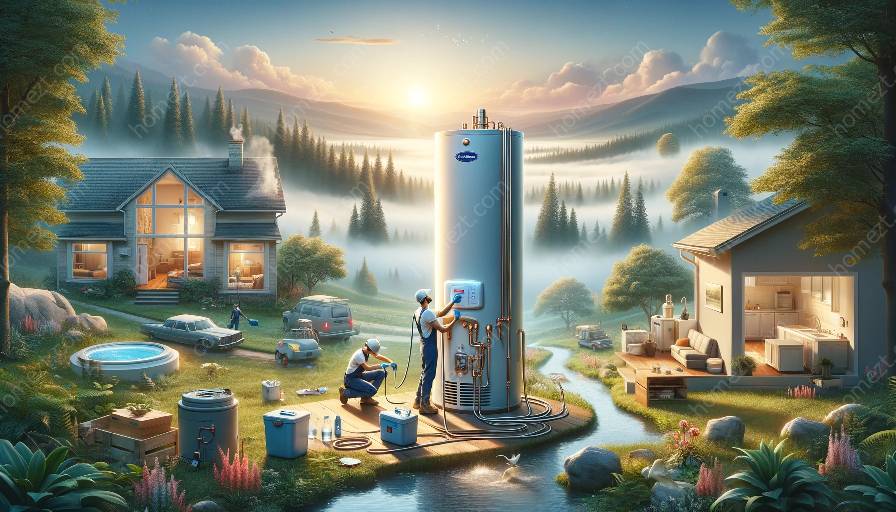Replacing a water heater is an essential maintenance task for many homeowners. Whether your current water heater is on its last legs or you're looking to upgrade to a more efficient model, understanding the process and options available to you is crucial. In this complete guide, we will cover everything you need to know about replacing a water heater, including the different types of water heaters, the installation process, and maintenance tips to keep your new unit running smoothly.
Types of Water Heaters
Before replacing your water heater, it's important to understand the different types of water heaters available, each with its own set of advantages and considerations.
1. Conventional Storage Water Heaters
Conventional storage water heaters are the most common type, where water is stored in a tank and heated by electric elements or gas burners. They are relatively affordable and come in various sizes to suit different household needs.
2. Tankless Water Heaters
Tankless water heaters, or on-demand water heaters, heat water directly without the use of a storage tank. They are known for their energy efficiency and endless supply of hot water, making them a popular choice for many homeowners.
3. Heat Pump Water Heaters
Heat pump water heaters extract heat from the air to heat the water, making them an energy-efficient alternative to conventional water heaters. They work well in moderate to warm climates and can save on electricity costs in the long run.
4. Solar Water Heaters
Solar water heaters use solar panels to absorb heat from the sun and transfer it to the water. They are an eco-friendly option and can significantly reduce energy bills, especially in areas with ample sunlight.
Installation Process
Once you've decided on the type of water heater that best fits your needs, it's time to consider the installation process. While some homeowners may choose to tackle this project themselves, it's often best to hire a professional plumber to ensure the job is done safely and up to code. The installation process typically involves the following steps:
- Shutting off the power and water supply to the existing water heater.
- Draining the old water heater and disconnecting it from the plumbing and power source.
- Positioning the new water heater and making necessary adjustments to the plumbing and electrical connections.
- Filling and testing the new water heater to ensure it's functioning properly.
Maintenance Tips
Once your new water heater is installed, proper maintenance is key to ensuring its longevity and efficiency. Some essential maintenance tips include:
- Flushing the tank annually to remove sediment buildup.
- Checking the temperature and pressure relief valve for proper operation.
- Inspecting for any signs of leaks or corrosion.
- Having a professional plumber perform routine inspections and maintenance as needed.
By following these maintenance tips, you can extend the lifespan of your water heater and avoid costly repairs down the road.
Conclusion
Replacing a water heater is a significant investment, and understanding the options available to you is crucial. Whether you opt for a conventional storage water heater, a tankless unit, a heat pump system, or a solar water heater, ensuring proper installation and maintenance will help you enjoy a reliable supply of hot water for years to come.









